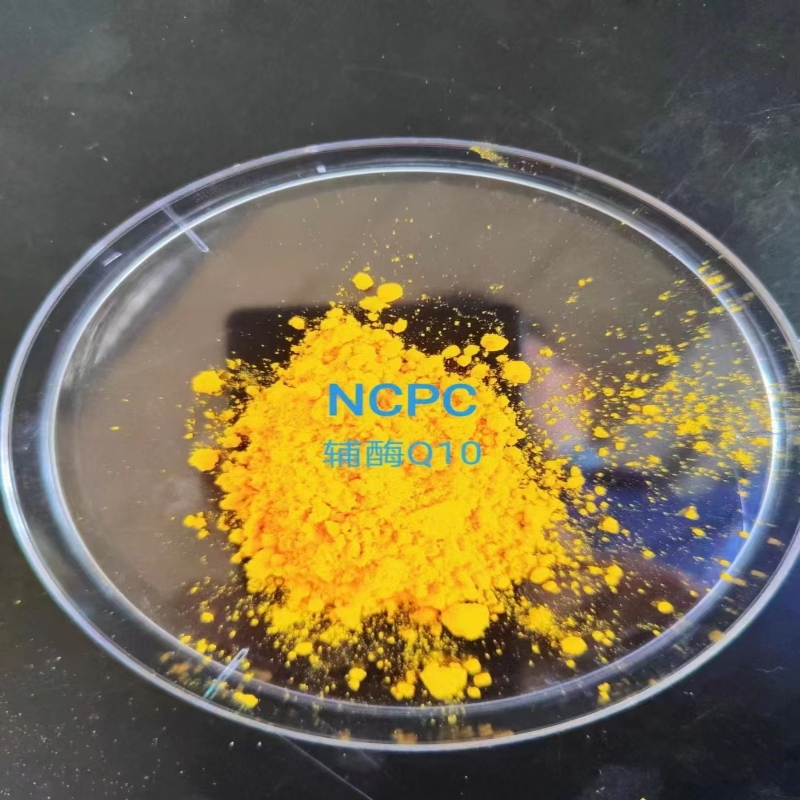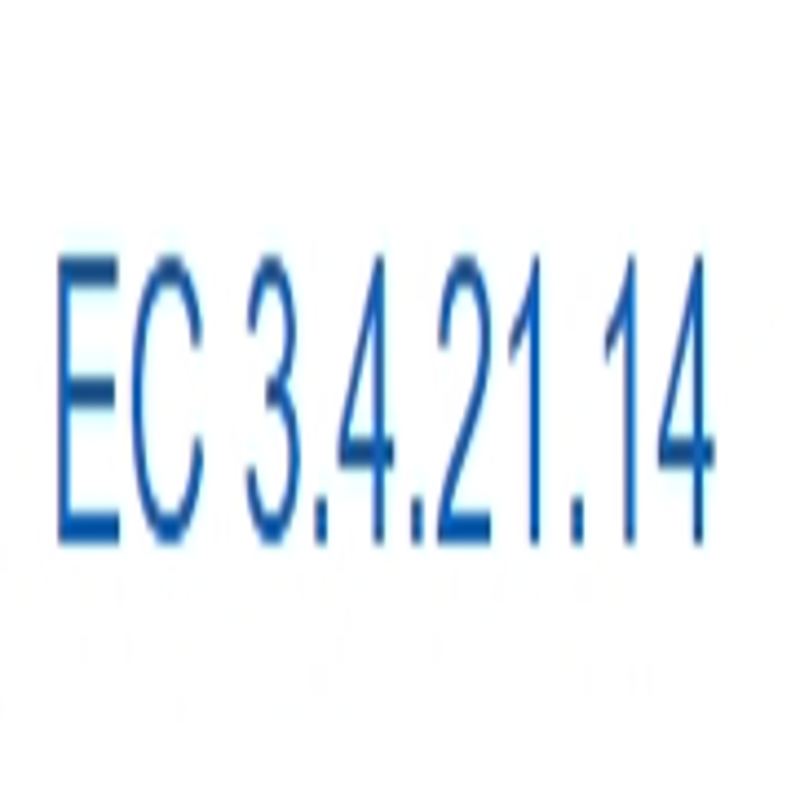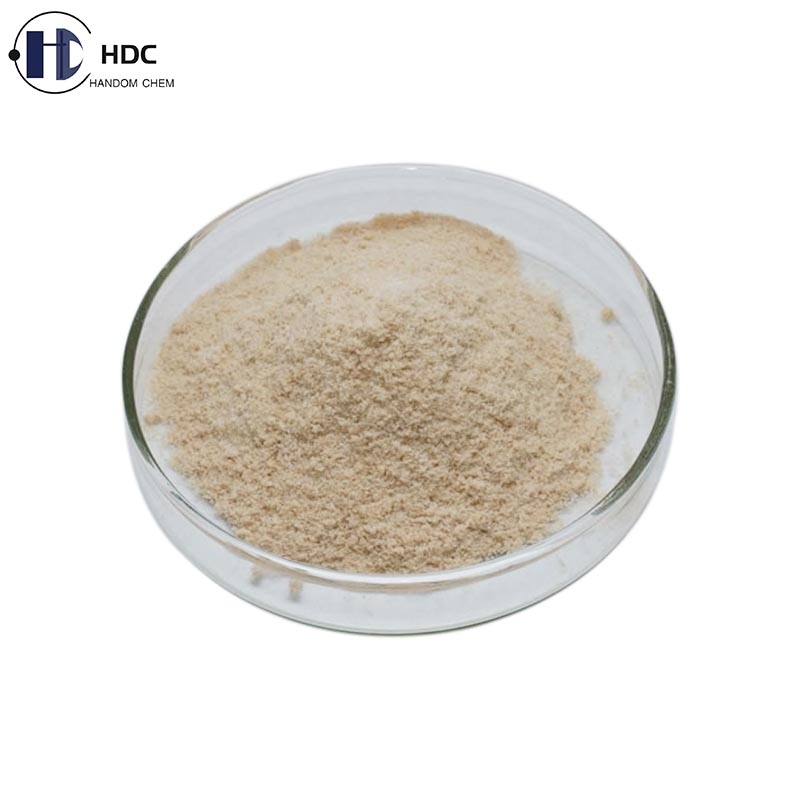Progress in research on bioelectrochemistry and electrocatalysis of laccase
-
Last Update: 2017-03-17
-
Source: Internet
-
Author: User
Search more information of high quality chemicals, good prices and reliable suppliers, visit
www.echemi.com
Laccase, as a kind of multi copper group oxidase, has attracted more and more attention in the field of biofuel cell and bioelectrochemical sensing because it can realize the electrochemical catalytic reduction of oxygen molecules at low overpotential Similar to other biological enzymes, laccase has a complex molecular structure, and the copper ions in its active center (T1 copper ions of oxidized phenolic substrate and T2-T3 copper clusters of reduced oxygen, figure 1) are deeply embedded in the enzyme molecule These characteristics make it difficult to realize the direct electron transfer of laccase molecules and biocatalysis based on it in the conventional electrochemical system, although these studies are of great significance in the basic and applied research of biochemistry The research team of Maolan group in the laboratory of in vivo analytical chemistry, Institute of chemistry, Chinese Academy of Sciences has been devoted to the electrochemistry of laccase and the research of biofuel cell based on it for a long time They first discovered that laccase can transfer electrons directly between the carbon nanotube electrode and the electrode Furthermore, they successfully developed a biofuel cell based on laccase direct electrocatalysis Recently, with the support of NSFC, Ministry of science and technology, Chinese Academy of Sciences and China Postdoctoral fund, they have made new progress in the study of direct electrocatalytic oxygen reduction of laccase Under normal conditions, the orientation of laccase on the surface of CNTs is random and disordered Only a small amount of laccase molecules can realize the direct electron transfer between laccase and electrode It was found that in the process of preparing laccase carbon nanotube composite, 20% ethanol solution can significantly improve the current of the electrode for oxygen electrochemical catalysis Combined with protein structure analysis, they revealed the mechanism of ethanol regulating the catalytic performance of laccase carbon nanotube complex, that is, ethanol can be used as a bridge small molecule, on the one hand, it can adsorb on the surface of carbon nanotube to improve its wettability; on the other hand, ethanol molecule and laccase protein groove (about 1 in diameter In nm), the phenolic substrate binding site close to T1 copper ion forms hydrogen bond, which promotes the docking between the carbon nanotube surface and laccase groove By optimizing the orientation of the protein on the carbon nanotube, the efficient direct electron transfer between the active center of copper ion and the electrode is promoted (Fig 2) Furthermore, they found that the regulation of organic solvents is closely related to their polarity, enzymatic ability and vapor pressure Among them, acetone and acetonitrile with low polarity, weak enzymatic ability and high vapor pressure can also increase the electrochemical catalytic current of the electrode for oxygen On the contrary, dimethylformamide and dimethylsulfoxide with high polarity, strong enzymatic ability and low vapor pressure will lead to almost no activity of electrochemical reduction of oxygen Compared with the reported methods to improve the electrocatalytic activity of laccase, it is more simple and effective to use organic solvent molecules to improve the direct electrocatalytic performance of laccase This study not only has an important significance in the basic research of bioelectrochemistry, but also lays a foundation for the further construction of self driven in vivo analysis and sensing based on the principle of biofuel cell.
This article is an English version of an article which is originally in the Chinese language on echemi.com and is provided for information purposes only.
This website makes no representation or warranty of any kind, either expressed or implied, as to the accuracy, completeness ownership or reliability of
the article or any translations thereof. If you have any concerns or complaints relating to the article, please send an email, providing a detailed
description of the concern or complaint, to
service@echemi.com. A staff member will contact you within 5 working days. Once verified, infringing content
will be removed immediately.







